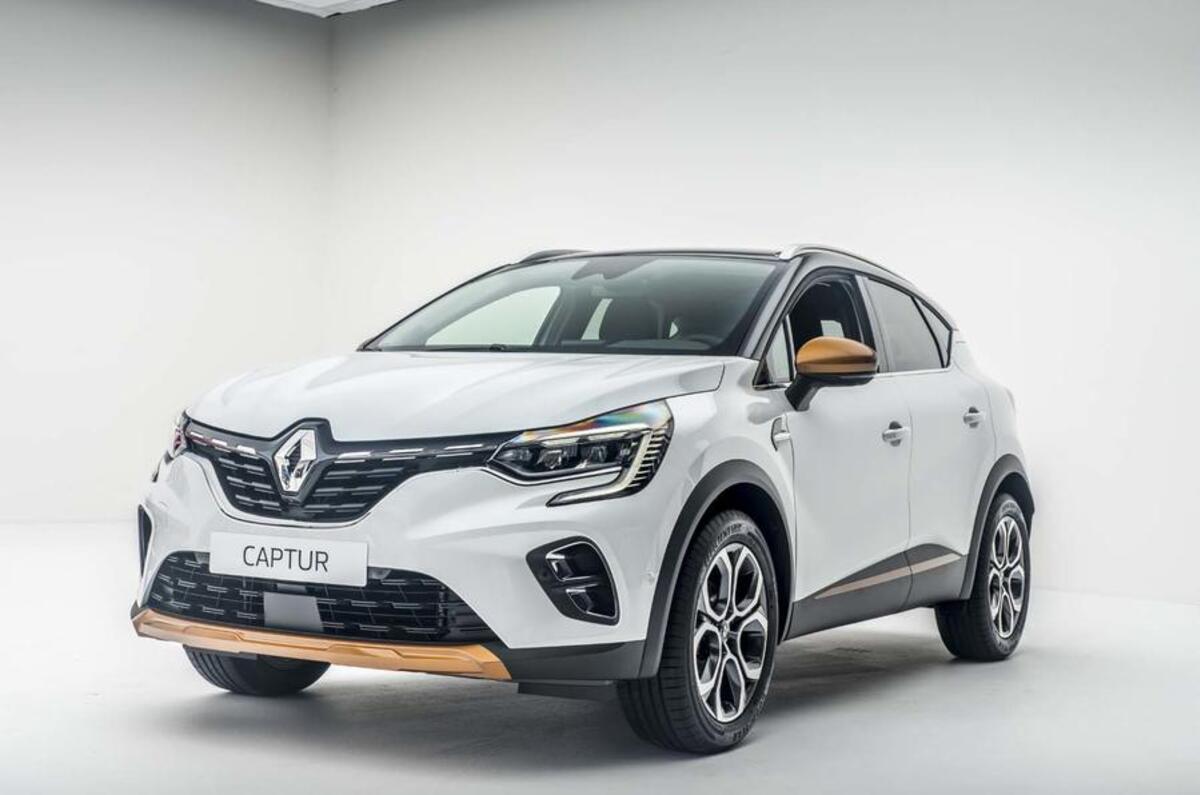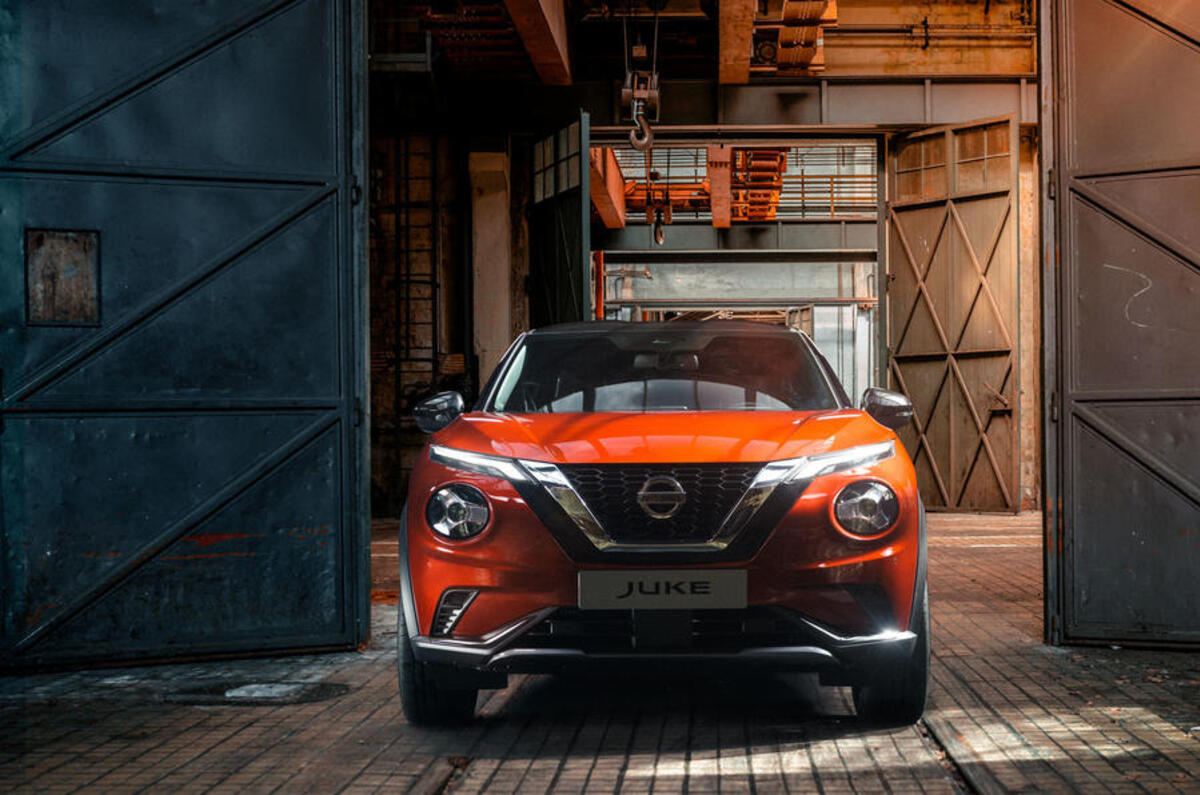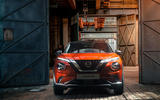From the moment that Carlos Ghosn was arrested in Japan in November 2018, the Renault-Nissan-Mitsubishi Alliance seemed poised to crumble. Ghosn was the architect and driving force of the link-up between the three firms and the 'glue' that held them together.
Ghosn’s arrest – and subsequent charges of financial misconduct – came as he was reportedly masterminding a full merger of the firms. That idea had apparently met with some resistance – particularly within Nissan, given that reports his ousting was a deliberate move by insiders to prevent a full merger.
Following Ghosn’s dismissal, the Alliance was restructured to prevent a single powerbroker from taking control, and with real doubts about its future. With both Nissan and Renault struggling in the face of declining sales and the immense cost of electrification, the division in the Alliance seemed like it could tear it apart. At one stage, Renault even pursued a merger with Fiat Chrysler Automobiles – a deal that fell through, with FCA subsequently merging with the rival PSA Group.
The struggles of the two firms, as with many other car giants, has only intensified with the huge economic blow of the coronavirus crisis. So now, just months after the Renault-Nissan-Mitsubishi Alliance seemed to be crumbling, the three firms have essentially staked their futures on it and gone all-in, with a bold new ‘leader-follower’ model that will greatly increase shared development, models and production.
The new strategy is a marked change from the Ghosn-era approach that effectively forced the rival firms to work together on technology. Instead, they will divide up responsibilities, with each focusing on existing core strengths.
Each firm will become the ‘lead’ partner in certain regions, model lines and technologies. Instead of just sharing platforms, similar models will essentially be twinned together. For example, Nissan develop the next-generation Qashqai C-segment SUV, which will share a platform and most upper-body elements with the new Renault Kadjar. Where possible, models will be produced in the same place, which could be good news for Nissan’s Sunderland factory, where the Qashqai is currently built.
The widespread adoption of that model will slash development, production and other costs by up to 40%, potentially saving billions of pounds. Half of the new Alliance models will be built using the model by 2025, with 80% of vehicles based on common platforms by 2024. The latter figure will be achieved both by the launch of new models and the trimming of model ranges.
With each brand focusing on its strongest regions and model lines, they will likely cut and rationalise both their presence elsewhere and wider range. Renault has already pulled out from its major Chinese joint venture and is set to trim unprofitable lines such as its MPV models in Europe. Meanwhile, Nissan is set to reduce its European offerings to its successful models, such as the Leaf, Juke and Qashqai.
The two major Alliance members have press conferences scheduled for later this week (Nissan on Thursday, Renault on Friday), with each set to announce billions of pounds worth of cost cuts.
Given Ghosn once had bold plans to turn the Alliance into the world’s biggest car producer, this new approach is a major change: Jean-Dominque Senard, the chairman of both Renault and the Alliance, said the future focus will be “on efficiency and competitiveness, rather than volumes”. Senard also ruled out a full merger, adding: “We don’t need a merger to be efficient.”
Certainly, the new agreement will help all three firms to achieve billions in cost-savings. But without a full merger, the risk is that each firm is relatively small compared with the rival Volkswagen Group or PSA Group. And while each firm taking the lead on its key strengths offers the members more freedom in some areas, it also binds them closer together, because each will become increasingly reliant on the others for expertise for various cars, technologies and production needs in other areas.
Instead of their Alliance crumbling, Renault, Nissan and Mitsubishi are now arguably far more dependent on making the sometimes fractious partnership work. Both Nissan and Renault will have to weather substantial cost-cutting drives in the coming months, but the hope is that each will emerge as leaner, more focused companies – and the Alliance is key to achieving the economies of scale to underpin future success.
For that to work, each will have to trust and rely on the other. For the plane to success, Renault, Nissan and Mitsubishi will have to ensure this is an alliance of equals, rather than an alliance of convenience between firms with no other options.
READ MORE
Renault, Nissan and Mitsubishi to increase technology sharing







Join the debate
Add your comment
I started playing lottery games 3 years ago and I have never won big sums. I went online to seek help on how I can win big in my lottery games and I saw some nice reviews about Dr Amber who has made different people huge winners in their lottery games with his prayers. I gave it a try and I contacted Dr Amber who told me how and what to do before I can become a big lottery winner and I accepted. He made special prayers for me at his temple and gave me the required numbers to play the lottery game and when I played it, I won a massive $235.4 million POWERBALL jackpot. I was so happy and I chose to receive my winnings in a one-time, lump-sum payment of $160,038,447.27 at Florida Lottery Headquarters in Tallahassee and the balance was given to the store that I bought & played the game from. I would love other people to seek help from him and he can be contacted through +1 (808) 481-5132 via call/text or email: amberlotterytemple@yahoo. com
I can't stop thanking Lord Zakuza for helping me bring back my girlfriend that left me for another man at her workplace.. I was shocked when she broke up with me and I needed help but everything I did to recover her back did not work. If not for the intervention of Lord Zakuza who I met online, I wouldn't have gotten back my girlfriend because Lord Zakuza prepared a love spell that brought her back to me within 48 hours. I love my girlfriend and I'm happy getting her back again. Thank you Lord Zakuza and I promise to share my experience with you to everybody so that anyone that needs help in any way can also get help too for you are a good and wonderful man that God has sent to help those who need help.. Here's his contact information just in case you need any help from him. WhatsApp/call number +1 (740) 573-9483 or Email: Lordzakuza7 @ gmail. com